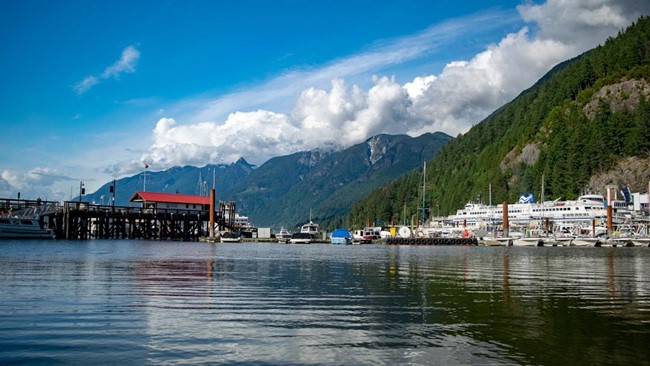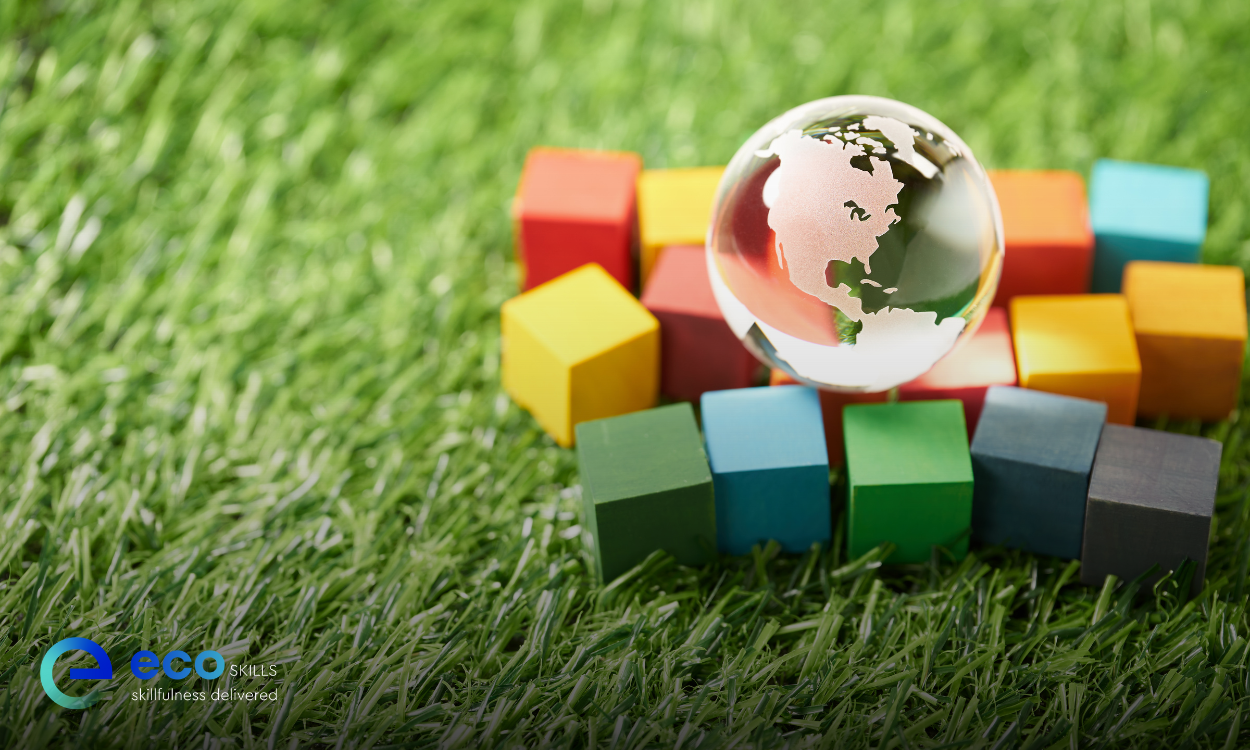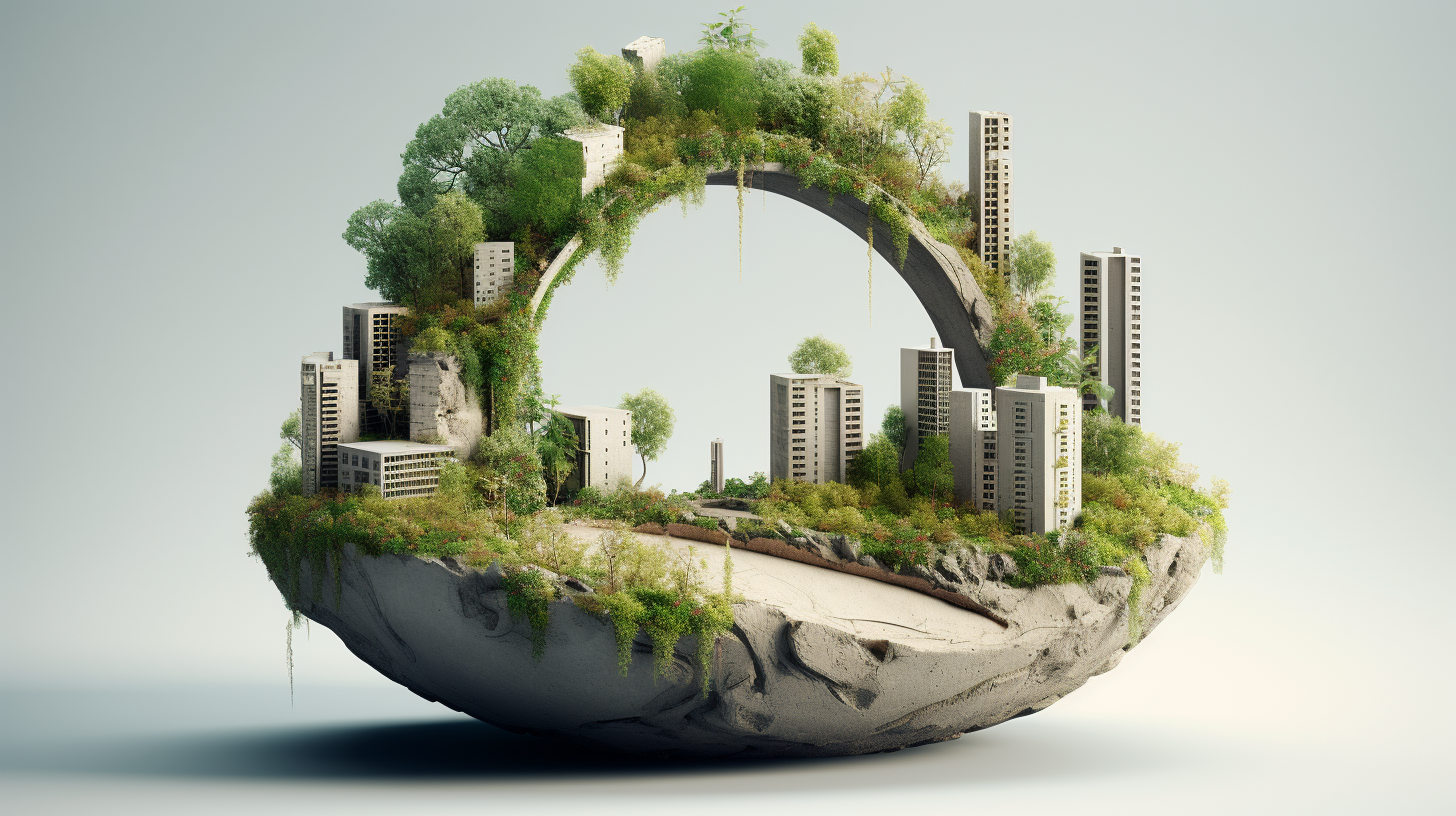Solar Energy — Clean or Harmful?
Solar energy has been utilised for several years for cooking, heating water, drying agricultural products, water distillation, and various other applications. Usage of solar energy for electricity generation was discovered in 1839. However, solar power generation gained much of the momentum post the rise in climate change issues due to high emission levels from conventional energy sources.
This has led some of the major countries around the world to pledge to curb the use of conventional power generation sources and switch to greener technologies in the future. For instance, countries such as the UK, France, and Germany have committed to phase out coal power generation by 2025, 2023, and 2030 respectively.
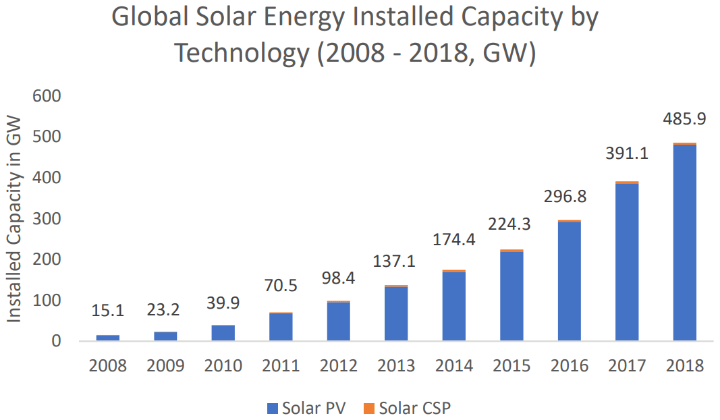
Image source: www.grandviewresearch.com
Solar energy has been always preferred among other available renewable power alternatives due to its advantages such as ease of installation and fast project completion time. Moreover, technological advancements and economies of scale in solar panel manufacturing have led to an increase in efficiency as well as helped in reduction of per MW project cost significantly over the past decade.
Solar power installations witnessed exponential growth over the past decade. Solar energy has been recording the fastest growth over other power generation technologies. However, as the industry grows, so do the concerns over its environmental impact. Here we try to analyse the environmental impact of solar power projects based on their entire life cycle.
Solar Power Life Cycle Assessment
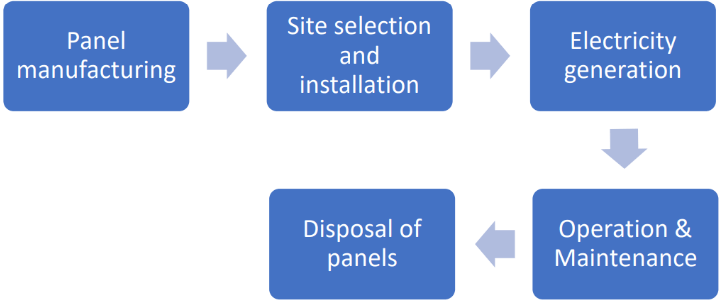
Image source: www.grandviewresearch.com
Panel Manufacturing
Silicon is a major material utilised for solar cells, which is derived from quartz. Quartz has to be first mined and then heated in furnace at high temperature. Hence, extraction of silicon from quartz is one of the most energy-intensive processes. This process results in emission of greenhouse gases including carbon dioxide and sulphur dioxide.
Solar panel manufacturing also results in the production of toxic chemicals, such as silicon tetrachloride, as a byproduct. Proper disposal of silicon tetrachloride is essential as it not safe for human health and also contributes to air pollution. Moreover, if silicon tetrachloride is discharged in water it can release hydrochloric acid, which may contaminate the water source and nearby landforms.
Site Selection and Installation
Solar power projects require a large area of land per MW as compared to that required for other power generation sources. For instance, 100 MW of thermal power plant requires less than 10% of land as compared to the same capacity of a solar PV power plant. Moreover, clearing and utilisation of a large agricultural land mass can affect flora & fauna, rainfall, and drainage system of the concerned area.
However, utilisation of wastelands, such as contaminated, marshy, and barren lands, for solar installations has a lower environmental impact. Setting up solar power projects on these wastelands also helps increase utilisation of such unused landforms.
Floating solar panels installed on canal-tops, lakes, rivers, and other water sources have a lower environmental impact as compared to ground-mounted solar projects. The former method also helps in water conservation by reducing evaporation of water from the reservoir. Moreover, it helps reduce growth of algae by decreasing the amount of light exposure and water temperature. However, floating solar power plants can act as a hindrance to aquatic ecosystems.
Electricity Generation
Solar power generation facilities account for lesser greenhouse gas emissions, including air pollutants such as carbon monoxide, nitrogen oxides, volatile organic compounds, and carbon dioxide, during operation as compared to conventional fossil fuel based power generation technologies. Hence, it is termed as one of the cleanest forms of power generation.
Operation & Maintenance
Solar CSP systems require more amount of water for cooling and cleaning as compared to solar PV plants. Utilisation and availability of water is a concern especially in arid and barren areas due to scarcity of water resources. Moreover, chemical spills during maintenance activities from these facilities can contaminate groundwater and water reservoir.
Disposal of Panels
Disposal of solar PV panels has a significant ecological impact as they usually contain cadmium, lead, and other toxic chemicals whose unsafe disposal poses a threat to the environment. Moreover, solar panels cannot be recycled completely, further contributing to the existing scenario. For instance, the glass utilised in solar panels cannot be recycled as a float glass due to presence of impurities and heavy metals.
However, PV Cycle Association, a Europe-based organisation, has developed a treatment process comprising mechanical and thermal process, which aids in achieving around 96% recovery rate for silicon-based PV panels. Moreover, rest of the 4% of solar panel can be used for energy recovery process by usage of waste-to-energy technologies.
Currently, rapid rise in solar power project implementation has resulted in an increase in solar panel waste across the world. International Renewable Energy Agency (IRENA) estimated that around 250,000 tons of solar panel waste aggregated till 2016. Moreover, solar panel waste is estimated to reach 78 million tons by 2050. Considering the aforementioned factors, solar panel recycling pose a significant environmental concern.
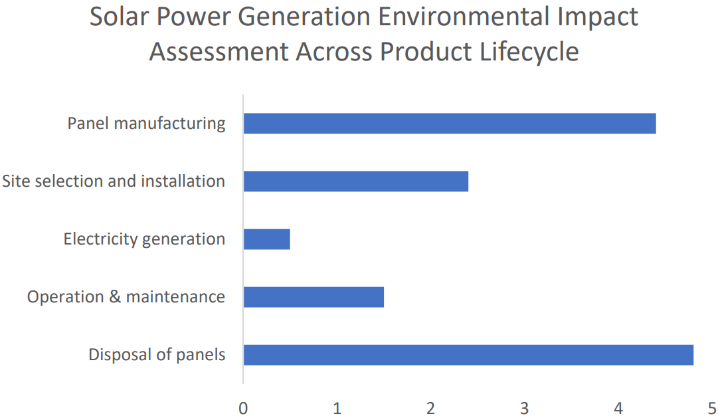
Image source: www.grandviewresearch.com
Environmental impact analysis of solar power depicts that there are major environmental concerns regarding panel manufacturing and its disposals. However, power generation, which is the sole requirement for installing solar power projects, has a minimal impact on the environment. Thereby, with technological advancements and increased spending on R&D, we can expect further reduction in harmful environmental impacts of solar power projects in the future.
About the Author
 Parth is working as an Analyst at Grand View Research as part of the Energy Team. Skills acquired from business research in his previous firm has enabled him with the abilities to provide market insights by analysing on going developments and to analyse and understand customer preferences and provide tailor made solutions.
Parth is working as an Analyst at Grand View Research as part of the Energy Team. Skills acquired from business research in his previous firm has enabled him with the abilities to provide market insights by analysing on going developments and to analyse and understand customer preferences and provide tailor made solutions.
Educational Qualification: Bachelor in Electrical Engineering and M.B.A in Power Management.
Professional Experience: 2+ years in market research, due diligence studies, and sound knowledge of energy & power sector

